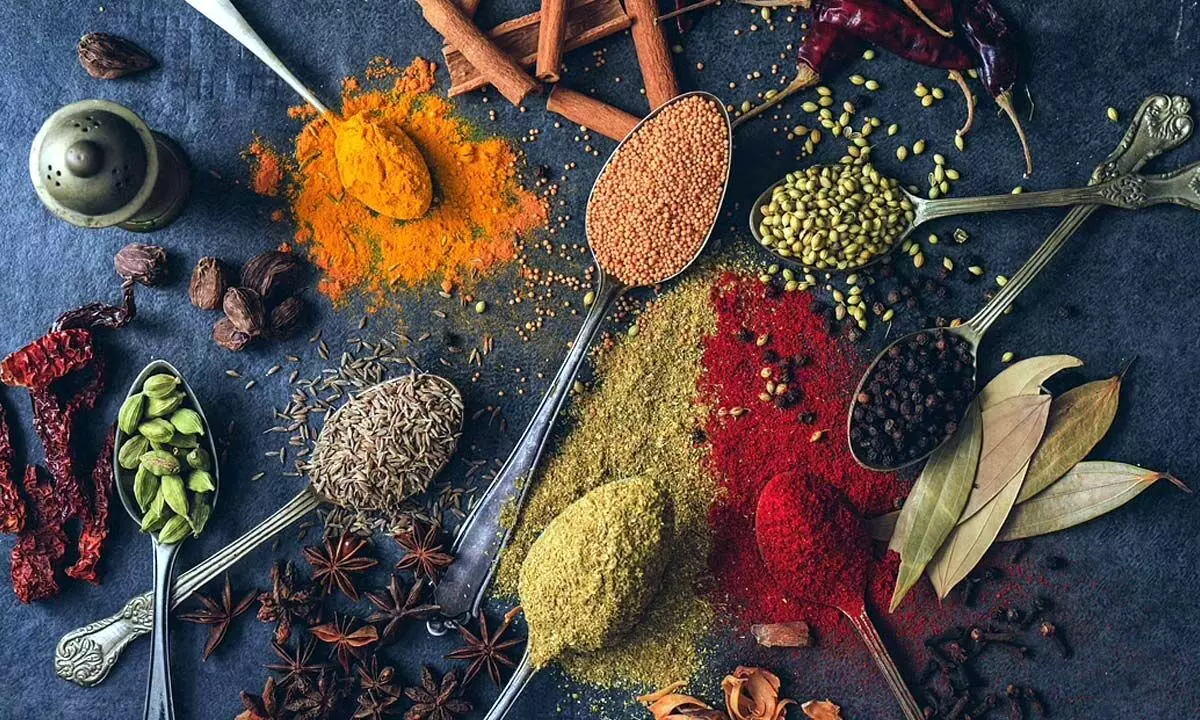Quality standards can help India create bigger footprints in global spice mkt
Call it adding spices to Indian agro and horticulture baskets or something else! Indian spices exports crossed $4 billion in the last two years, covering more than 180 countries.
image for illustrative purpose

Call it adding spices to Indian agro and horticulture baskets or something else! Indian spices exports crossed $4 billion in the last two years, covering more than 180 countries. The spice exports contributed around 10 per cent of the agri exports and about 40 per cent of the horticulture sector exports. India's exports form only 15 per cent of total spice production and balance is consumed in the domestic market. Interestingly, at present, the branded spices market is growing at a compounded annual rate of 10-15 per cent, as against 7-10 per cent in the case of the unorganized segment.
That's not all. Various international trade organisations have projected that the demand for spices is poised to grow at a CAGR of 6.5 per cent in the next decade, indicating the huge opportunity for exports. India, therefore, has enormous scope to latch on to the opportunity and increase its spices exports significantly and thereby increase contribution of spices in the overall exports kitty.
However, it's not going to be a cakewalk and India needs to prepare and gear up properly to cash in on the situation. For instance, India will have to work on developing harmonised global standards for spices through the Codex Committee on Spices and Culinary Herbs (CCSCH), which, in turn, will make it easier for spices to be traded around the world. The spice industry needs to evolve to keep up with international market practises and preferences. Then the supply chain must be strengthened by the participation of Farmer Producer Organizations and GI registrations must be increased (At present, there are as many as 26 GIs registered and 18 GI applications filed in addition to the 26 GIs registered for spices) in order to maintain and strengthen our leadership in the global spice markets, experts think. The spice trade needs to be regulated properly for both Indian and international markets as well.
With "Food Safety" being the top priority and greatest concern, Indian farmers and other stakeholders in the supply chain will have to work towards ensuring food safety. It will also have to be ensured that the farmers and the stakeholders in the supply chain get a higher unit value for their products, and that the spices are used not just in the Indian cuisine but also in the nutraceutical and pharmaceutical space, creating a larger portfolio for the spice market.
Simultaneously with these, one has to keep in mind that maximum residue limits (MRL) are one of the primary concerns in the industry and FSSAI. The Union Ministry of Agriculture is the right entity to address complaints and suggestions/recommendations pertaining to MRL setup. The role of industry players is also going to be crucial in checking adulterations and this can be done by promoting rapid testing of products.
And last but not the least, all stakeholders in the industry must come together to educate farmers on hygiene, sustainable pesticide usage standards, and other beneficial agricultural practises. There is a need to strengthen synergy between sellers and producers to facilitate effective communication.

